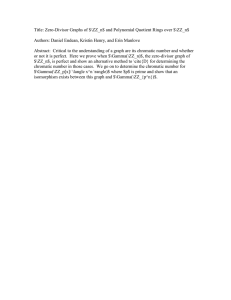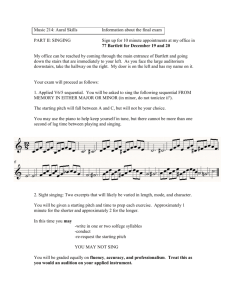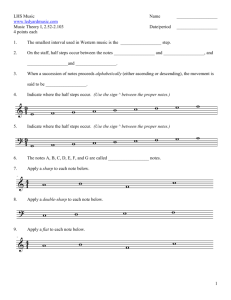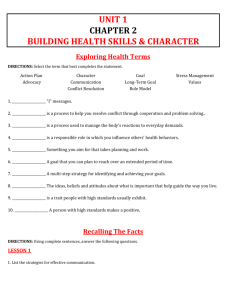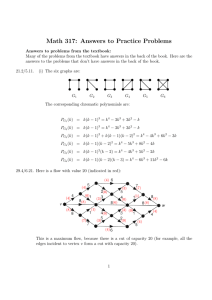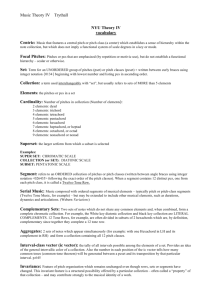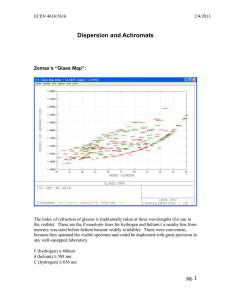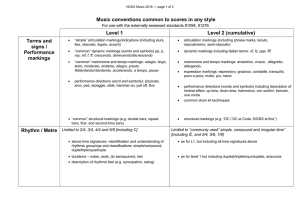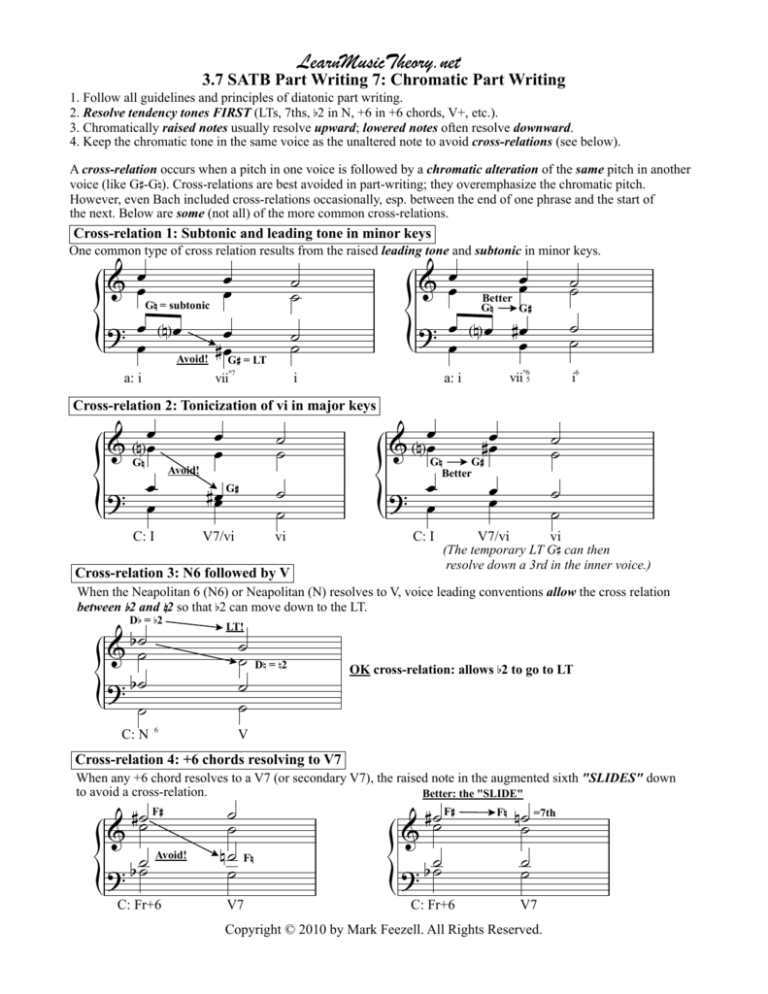
LearnMusicTheory.net
3.7 SATB Part Writing 7: Chromatic Part Writing
1. Follow all guidelines and principles of diatonic part writing.
2. Resolve tendency tones FIRST (LTs, 7ths, b2 in N, +6 in +6 chords, V+, etc.).
3. Chromatically raised notes usually resolve upward; lowered notes often resolve downward.
4. Keep the chromatic tone in the same voice as the unaltered note to avoid cross-relations (see below).
A cross-relation occurs when a pitch in one voice is followed by a chromatic alteration of the same pitch in another
voice (like G#-G§). Cross-relations are best avoided in part-writing; they overemphasize the chromatic pitch.
However, even Bach included cross-relations occasionally, esp. between the end of one phrase and the start of
the next. Below are some (not all) of the more common cross-relations.
Cross-relation 1: Subtonic and leading tone in minor keys
One common type of cross relation results from the raised leading tone and subtonic in minor keys.
G§ = subtonic
Avoid!
a: i
G# = LT
vii°7
i
G§
Avoid!
C: I
V7/vi
vi
G#
Cross-relation 3: N6 followed by V
Better
G§
G#
a: i
vii°6%
Cross-relation 2: Tonicization of vi in major keys
C: I
i6
V7/vi
vi
G§
G#
Better
(The temporary LT G# can then
resolve down a 3rd in the inner voice.)
When the Neapolitan 6 (N6) or Neapolitan (N) resolves to V, voice leading conventions allow the cross relation
between b2 and §2 so that b2 can move down to the LT.
Db = b2
C: N 6
D§ = §2
LT!
OK cross-relation: allows b2 to go to LT
V
Cross-relation 4: +6 chords resolving to V7
When any +6 chord resolves to a V7 (or secondary V7), the raised note in the augmented sixth "SLIDES" down
to avoid a cross-relation.
Better: the "SLIDE"
F#
F§
C: Fr+6
V7
Avoid!
F#
C: Fr+6
F§
=7th
V7
Copyright © 2010 by Mark Feezell. All Rights Reserved.


